Microbiologists are inquisitive, adventurous and have an appreciation for life (especially at the microscopic level). With this in mind, we created a bucket list just for all you microbe-lovers.
Our list includes beautiful phenomenons, historic sites, and something a little gross…
We hope you can find at least one activity to add to your personal bucket list. Enjoy!
- Visit the Micropia in Amsterdam. Micropia is the only museum in the world dedicated to microorganisms.
- Visit Louis Pasteur’s home in Dole, France in 1882. The museum contains his personal belongings, books and paintings – including paintings he made himself.
- Make kimchi. Kimchi is a traditional Korean food manufactured by fermenting vegetables with lactic acid bacteria (LAB). Many bacteria are involved in the fermentation of kimchi, but LAB become dominant while the putrefactive bacteria are suppressed during salting of baechu cabbage and the fermentation.
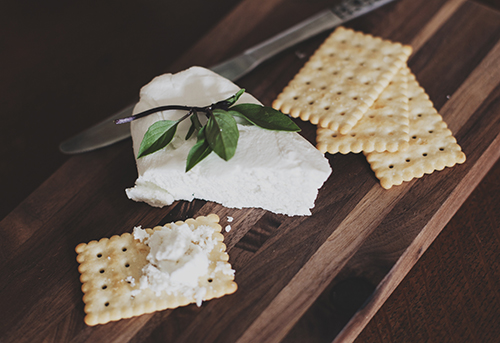 Visit the Meguro Parasitological Museum in Tokyo. The museum exhibits over 300 parasite specimens. There is a gift shop on the second floor with unique parasite-themed T-shirts, key chains, magnets, notepads and more.
Visit the Meguro Parasitological Museum in Tokyo. The museum exhibits over 300 parasite specimens. There is a gift shop on the second floor with unique parasite-themed T-shirts, key chains, magnets, notepads and more.
- Make belly button cheese: Yes, this is a real thing.
- Pay respects to Robert Koch, founder of modern microbiology and discover of tuberculosis bacilli. His ashes were buried at the Robert Koch Institute in Berlin.
- See the Hot Springs at Yellowstone. Archaea can live in the hottest, most acidic conditions in Yellowstone; their relatives are considered among the very earliest life forms on Earth.
- Grow a Pink Lady Slipper from seed. Pink Lady Slippers have a symbiotic relationship with fungus.
- Visit the Alexander Fleming Museum at Saint Mary’s Hopital in London. See Fleming’s laboratory, restored to its 1928 condition, and learn how Fleming discovered penicillin.
- See a snottite. Bacteria growing on the roof of a cave produce a slimy projection called snottite. It is made up of Acidithiobacillus thiooxidans.
- Go for a sled dog ride in Alaska and pet the dogs that compete in the Iditarod. The Iditarod was started in honor of Balto and other sled dogs and mushers who brought diphtheria antitoxin to the Nome in 1933 during an outbreak of the disease. If you cannot make it to Alaska, there is a statue of Balto in New York City’s Central Park.
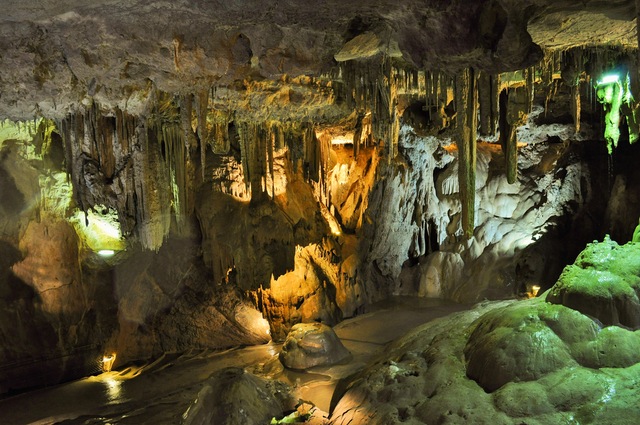 Swim with plankton. Phytoplankton is a microscopic plant. Bioluminescent phytoplankton emit a beautiful blue light in the sea at night.
Swim with plankton. Phytoplankton is a microscopic plant. Bioluminescent phytoplankton emit a beautiful blue light in the sea at night.
- See Thiomargarita namibiensis, the world’s largest bacteria. It is a gram-negative Proteobacterium found in the ocean sediments off the coast of Namibia.
- Visit the Field Museum in Chicago. The botany department has over 2 million plant and fungus specimens.
What other fun ideas do you have for fellow microbiologists? Share you experiences on the comments section below.

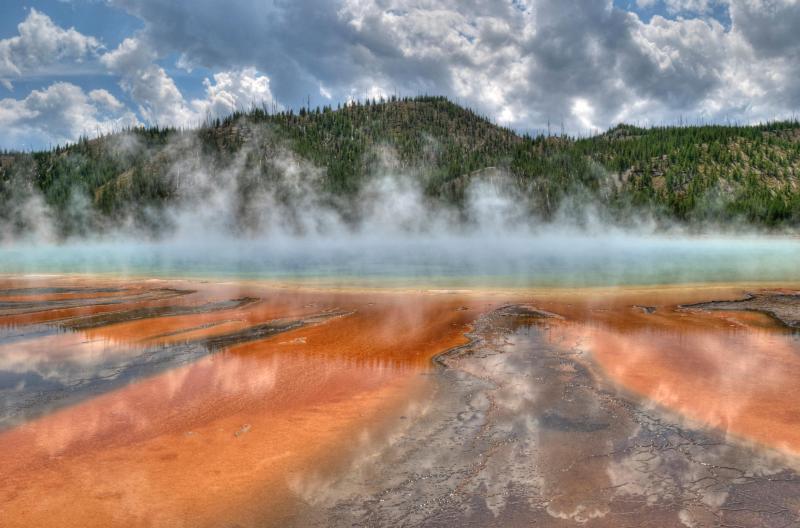
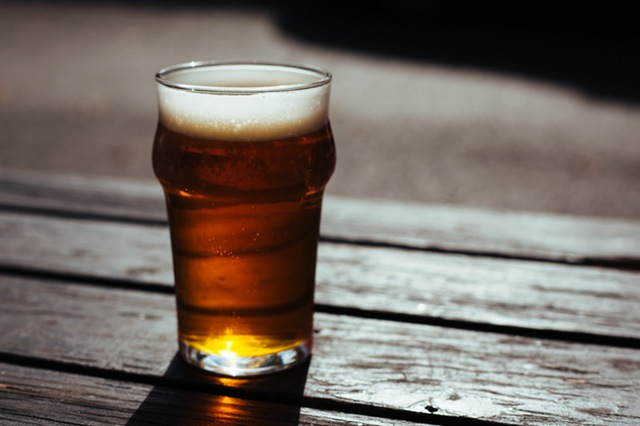
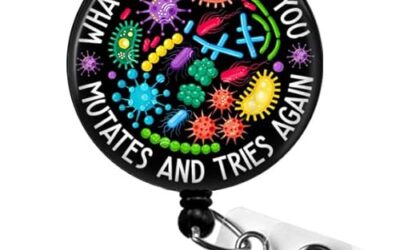



Visit the Pasteur Institute Museum, located in Pasteur’s research center in Paris. Pasteur’s microbiology lab was so well preserved!
What did you like best about the museum? What was your favorite piece of laboratory equipment, story, or historical item?
The visit shows using Pasteur’s old equipment how rabies vaccine and some other innovative microbiology discoveries were made. Unfortunately, the museum is currently closed due to Nov 13th. The building itself is impressive. Perfectly preserved through more than a century of microbiological research.
Make some kombucha.
Don’t wait for that “someday” to begin living your bucket list, you need to start today. The longer you put off your goals, the further in the distance they become and that “someday” can easily turn into months or years. Or even forever.